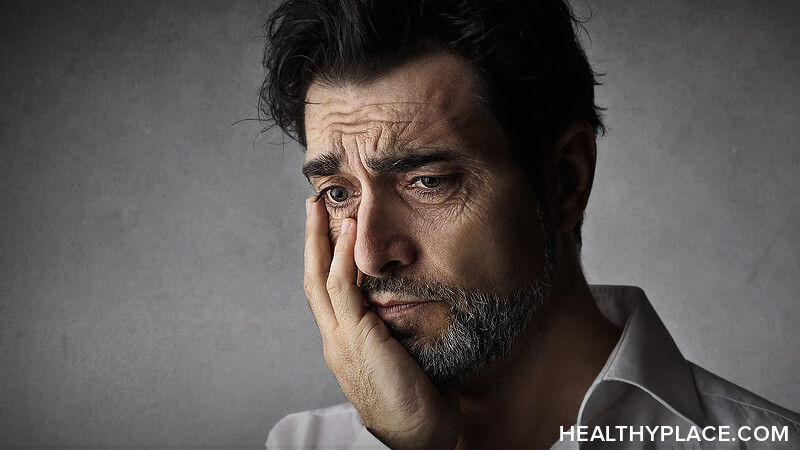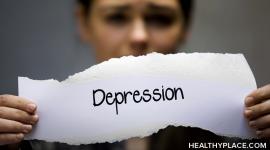Serious Consequences of Untreated Depression

Depression not only happens in many lives but it may happen at any age. Recent data indicated about 12% of adult women per year and 7% of men per year are depressed. Depression happens even in the young; about 2.5% of children and 8.3% of teenagers in the US currently have depression.
It is vital to recognize that young people can get sad, lonely, self-critical and lethargic. Many parents just do not realize children, say 5 to 12, can get depressed or have a mental disorder. That means that children often do not get treatment for their problems. In total about three million adolescents in the US are depressed. Most people know teenagers get depressed but the majority of teens still do not get treatment. We either don't recognize the signs of depression in children and teenagers or we don't realize the importance of getting them psychological help until something dire happens, like drug addiction or a suicide attempt.
The same things can be said about the 20% of the elderly who report having depressive symptoms. For instance, among 85-year-old white men, the suicide rate is five times the national average (NIMH, Depression & Suicide Facts). Many people believe sadness just comes with getting old, that it is inevitable. That is not true. It is true that the elderly often have diseases and physical conditions that make them unhappy but they may not be suffering a depressive disorder. Their physical discomfort could be treated (but sometimes it isn't because old people are expected to be depressed). Therefore, for a variety of reasons, many elderly people are undiagnosed and grossly under-treated.
Depression is not only fairly common in all ages, but it can also, of course, occasionally be very serious. Like Abe Lincoln as a young man, the misery can be so constant, so intense, and seem so endless that one wants to die--to escape the pain. As William Styron writes in his book, Darkness Visible
the word "depression" is a bland clinical label and such a wimp of a word compared to the raging storm inside the victim's brain. Most of us non-depressives can't truly know the torment involved; we can't imagine it any better than a blind person can imagine a Sequoia tree. Major depression is enough to force you to stay in bed, to withdraw from others, to dwell on your misery, and to have very few pleasant thoughts.
In the U.S. one person every minute attempts suicide, half a million of them require emergency room treatment. One person every 24 minutes dies from intentional self-injury. That is a total of 30,000 each year. About 15% of those diagnosed with major depression eventually die by suicide.
There are more suicides than murders in this country. According to author Kay Jamison (2000), who has written several well-known books on depression and suicide, during the Vietnam War (1963 to 1973) almost twice as many young men under 35 (101,732) were lost to suicide as were lost in the war (54,708). Even among teenagers, suicide is the third cause of death, exceeded only by accidents and homicides. An estimated 500,000 teenagers attempt suicide each year, not counting suicides disguised as "accidents" (McCoy, 1982).
Suicide is so regrettable because it is a permanent, desperate solution to a temporary problem. What a loss to the world if Lincoln had killed himself. What a blow to each family in which such an unnecessary death occurs.
APA Reference
Tracy, N.
(2021, December 28). Serious Consequences of Untreated Depression, HealthyPlace. Retrieved
on 2025, December 15 from https://www.healthyplace.com/depression/depression-information/serious-consequences-of-untreated-depression



